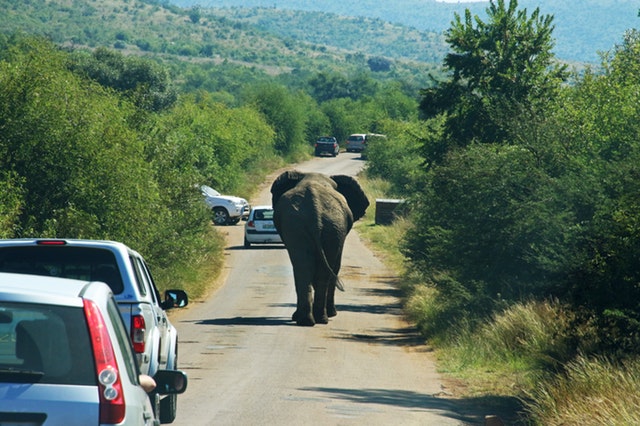There are many incidents in which vehicles collide with wild animals while traveling to and from wildlife destinations. This can mean anything from a mild fender bender to a serious collision depending on the size of the animal.
MasterDrive offers the following advice for avoiding a collision with wildlife while traveling this holiday season:
- Slow down:this provides you with a longer reaction time in the event a wild animal runs in front of your vehicle.
- Heed warning signs: many rural roads feature animal crossing signage. Be on the lookout for signs and be extra vigilant when traversing those roadways.
- Be cautious at dawn and dusk: this is when there is high animal movement, but low visibility. Be extra cautious when driving in the early morning or after dark.
- Use high beams: when driving at night, make sure to use your high beams, which increase viewing distance of the road ahead. They can help you spot animals in advance.
- Pay attention to the side of roads: wild animals can suddenly dart into the road, so look off to either side from time-to-time.
- Look for shine: anything reflective or shiny up ahead could be ‘eye shine’-that is, a buck looking in your direction.
- Eliminate all distractions: as always, set the cellphone, coffee cup and anything else aside and stay focused on the road.
If you are caught off guard and think you are going to strike an animal, experts offer the following advice:
- Do not swerve: it’s better to strike the animal than to hit a tree or pole.
- Brake firmly: but just before you make impact with the animal, take your foot off the brake. This technique reduces the risk of the deer smashing through your windshield.
- Have an emergency number on your phone: call this if you are involved in an incident – be prepared.
In closing, remember that animals can’t reason so its up to you and I as drivers to anticipate what may happen and in so doing support such worthwhile causes as EWT’s road ecology program.
How can we prevent crashes into Animals On The Road? https://t.co/pemfxyM3Ga #ArriveAlive #Animals #WorldWildlifeDay2020 @WildlifeDay @SANParks @TheEWT pic.twitter.com/bqWOKsIoh1
– Arrive Alive (@_ArriveAlive) March 3, 2020
